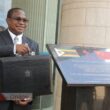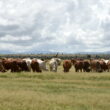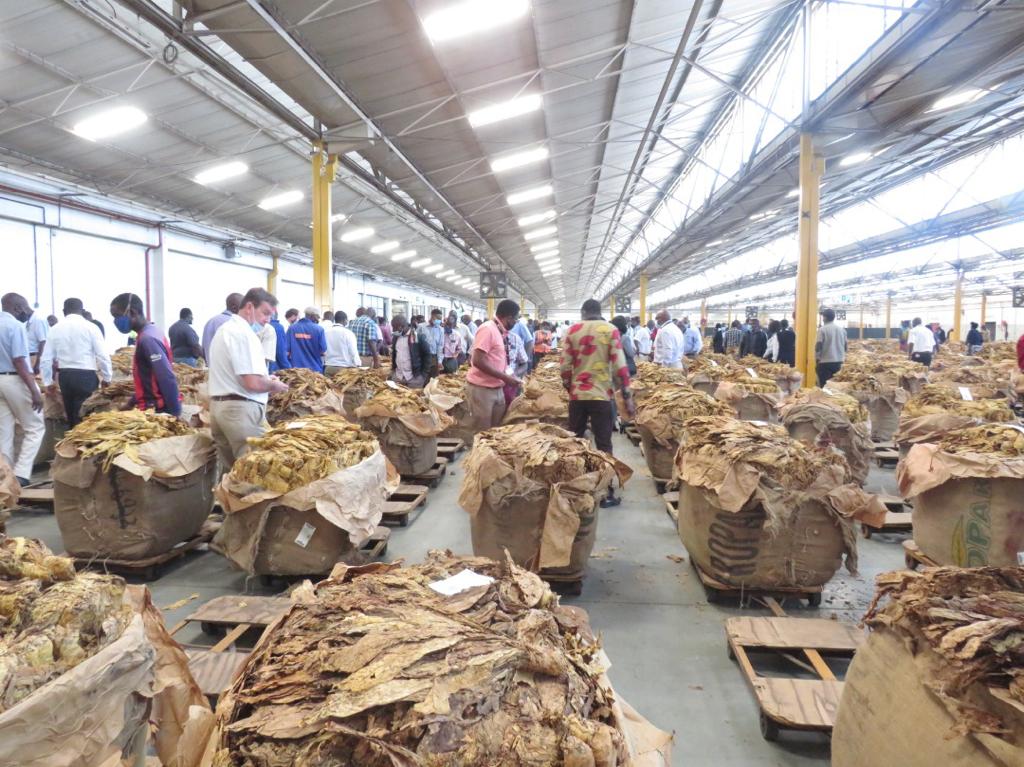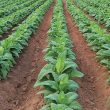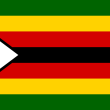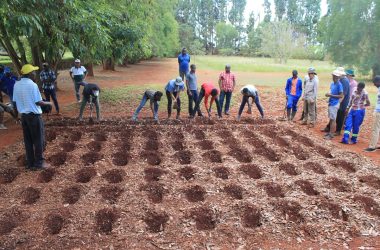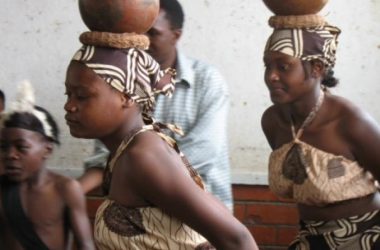There are opportunities to invest in the production of reduced risk products, says Tobacco Industry and Marketing Board Chief Executive Officer, Meanwell Gudu (MG) in this exclusive interview with Maricho Magazine (MM)
MM: Congratulations on your recent appointment as the substantive Chief Executive Officer of the Tobacco Industry and Marketing Board. Please share with us your vision for the tobacco industry during your tenure? Where do you see the industry in the next ten years?
MG: My focus is on improving the viability of growers, ensuring 100% compliance to regulations and ensuring that the industry has 100% compliance to sustainable tobacco production and good agricultural labor practice. In addition, the current tobacco farmers should diversify sources of revenue by growing alternative crops.
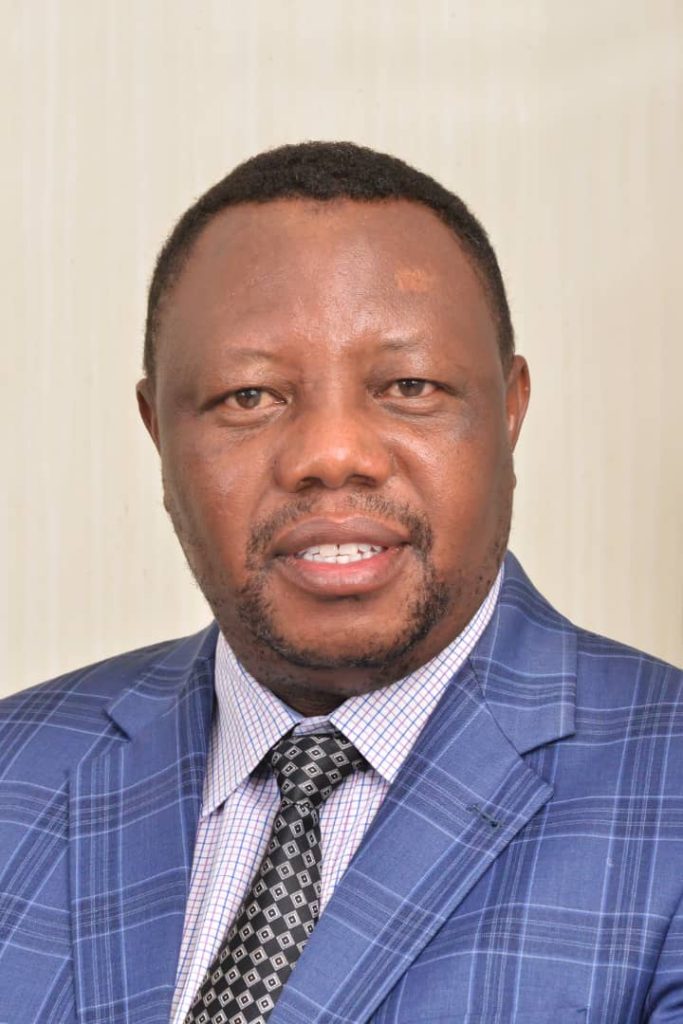
In working towards the success of the National Development Strategy 1 (NDS1) the Tobacco Industry and Marketing Board (TIMB) has specified objectives which are;
- to raise tobacco productivity and increase production from 262 million kilograms to 300 million kilograms by 2025;
- to increase the production of alternative crops by 2025;
- to increase the level of value addition and beneficiation of tobacco into cutrag and production of cigarettes in order to level up exports of cigarettes to enhance the market access and competitiveness of tobacco value added products for enhanced foreign currency earnings;
- and to optimise the country’s net foreign currency benefits from tobacco exports through standard input support packages and costing structures, building local tobacco production and marketing financing capacity, and enhanced export monitoring.
MM: The 2021 tobacco marketing season has just ended. The season ran during trying times because of the Covid-19 pandemic and this affected business operations. To what extent did the Covid-19 outbreak affect the season? What measures did TIMB as the regulator put in place to contain the pandemic while ensuring a safe working environment farmers and traders?
MG: The 2021 season ran during the Covid-19 period which has now become the new normal, this meant that the regulations put in place at the onset of the marketing season had to be monitored to ensure everyone complied. As the season progressed we encouraged all tobacco stakeholders to observe the Covid-19 regulations that is proper wearing of masks, sanitising, checking of temperature for everyone entering auction or contract sales floors and maintaining safe distance. This helped curb the unnecessary spread of the virus. All stakeholders participating in the marketing of tobacco were and are still being encouraged to get vaccinated in order to protect themselves and those around them.
Following Government restrictions and regulations put in place of reducing the number of people at the floors, there was also need to limit the maximum number of people allowed during each sale at any given time. Even for those transporting the tobacco bales to the floors, only two were allowed per truck. Some key staff members in the industry and growers succumbed to Covid-19.
MM: What is your assessment of the 2021 tobacco marketing season highlighting successes and challenges?
MG: The season has progressed very well with average price being firmer by 11% as compared to that paid last year. As of day 89 the TIMB has surpassed the set target of 200 million kgs of tobacco having recorded 205 million kgs of tobacco valued at just over US$570 million compared to 181 million kgs of tobacco received on Day 89 during the 2020 marketing season.
The 2021 season has fared very well amidst the circumstances surrounding operations during a global pandemic.
Generally, the quality of the crop and yields realized for this season have been quite good, we can attribute this to the above normal rainfall received throughout the country.
However, one of the major challenges that have been encountered over the years is on sustainability which has become more prominent in the tobacco industry. The major challenge the sector is having to deal with is deforestation caused by growers cutting down indigenous trees for firewood for curing tobacco. There is need to plant more fast-growing tree species to supply firewood for curing tobacco to ensure that 100% of the crop is cured from renewable sources of energy by 2025. There is also need for more research and development of curing systems that can burn coal more efficiently and at the same time reducing the carbon foot-print of coal on the environment, for instance, use of catalytic convertors to reduce carbon emissions from burning coal.
The other challenge facing the industry is the reduction of viability of tobacco growers because of the high-cost structure of producing tobacco. The retooling rates are generally not pegged on foreign currency auction rates leading to high cost of production.
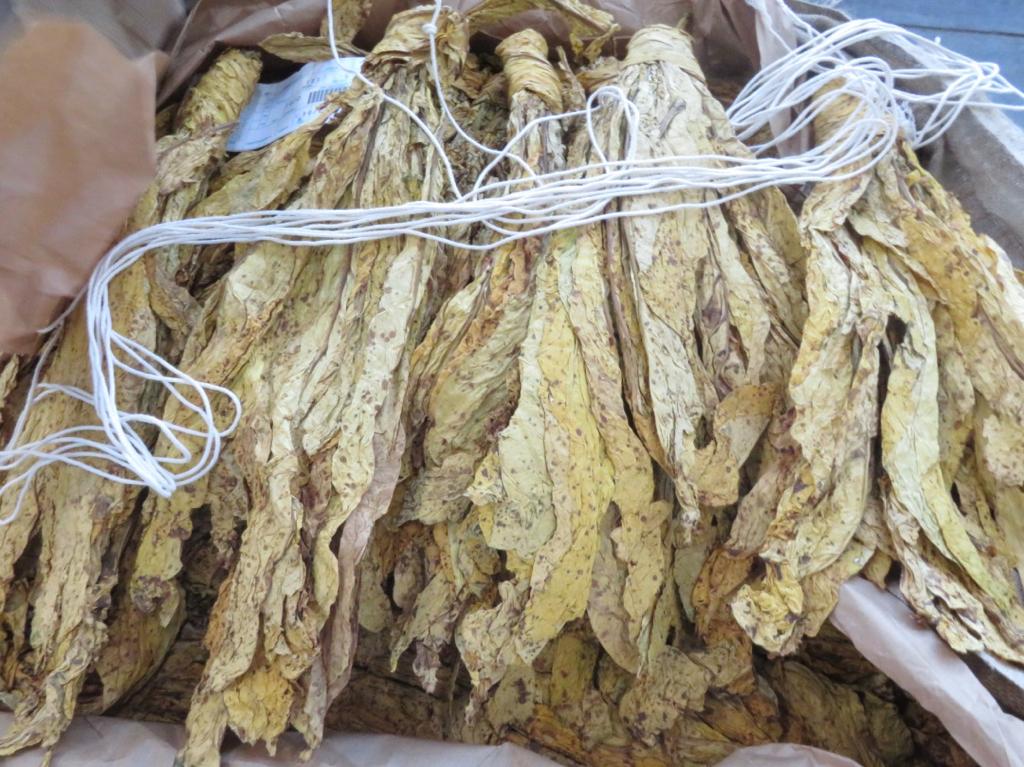
MM: Some farmers have raised challenges with regards to accessing their payments from the banks, please shed light on the payment process?
MG: Payment modalities improved since the foreign currency entitlement for the farmers increased to 60% in the current season from 50% in the 2020 marketing season. With regards to some delays which may have been expressed, this could have been issues to do with cash availability at some of the Banks.
MM: Can you comment on TIMB’s relationship with contractors? What necessitated the stringent requirements for the registration of contractors?
MG: Contractors have an obligation to support at least a minimum package of inputs set at US$1000/ha & US$4000/ha for both small scale and large scale growers respectively. All contractors submit signed stop orders/ acknowledgement of debt forms to TIMB as proof that the farmer received the inputs and these should be in-line with the minimum standards/basket approved by TIMB. All contractors must prepare and sign legally binding contracts with each of the contracted tobacco growers. Either signed hard copies or electronic copies should be submitted to TIMB. Each grower to have a new contract every year. The minimum standards for licensing include commitments to human and labour rights, safe farm practices, elimination of child labour, sustainable curing fuel, corporate social responsibility programmes and governance practices.
TIMB audits all contractors to ensure that they adhere to the agreed standards.
MM: How does TIMB deal with contractors who fail to pay farmers? Some farmers failed to access their payments as some contractors did not own up to their obligations, what mechanism is in place to avoid such incidences in future?
MG: As a regulator, TIMB engages with contractors who fail to pay farmers and ascertain the reason for the failure to do so. In some instance, TIMB has had to suspend operations for some contractors to ensure they pay farmers. In some instances, the contractors are given a grace period to clear the outstanding debts after availing proof to TIMB of funds availability.
MM: Closely tied to malpractices by contractors is the issue of unregistered buyers of tobacco who are fleecing farmers, what mechanisms and legal instruments has TIMB put in place to protect farmers and ensure sustainability of the tobacco industry?
MG: To ensure discipline in the industry, TIMB set up an Inspectorate Department in March whose mandate is to curb all illegal activities in the industry. Inspectors have been deployed in all tobacco farming regions who are detecting and investigating any suspected illegal activities. To date we have a total of 194 people who have been convicted and fined because of side marketing. This exercise of bringing to book those responsible for side marketing will continue throughout the 2021 marketing season so as to discourage would be offenders and to deter repeat offenders.
MM: Value addition is a major issue in terms of economic development and employment creation, what role is TIMB playing in developing the tobacco value chain?
MG: Value addition of tobacco indeed presents a great opportunity since less than 2% of the total tobacco produced in Zimbabwe is manufactured into cigarettes. The Zimbabwe tobacco industry has a potential value of US$15 billion from cigarettes exports, yet currently only US$0.9 billion is realized from leaf exports. TIMB in partnership with other stakeholders is working towards creating an enabling environment for value addition through the establishment of an Export Fund for exporters and offering export incentives and favourable foreign currency retention thresholds. Opportunities exist in investing in production of reduced risk products within smokeless tobacco and heated tobacco (nicotine liquids). Tobacco farmers could also invest in end tobacco use product processing, for instance, pipe tobacco (shisha) or packaged fine tobacco for roll your own cigarettes.
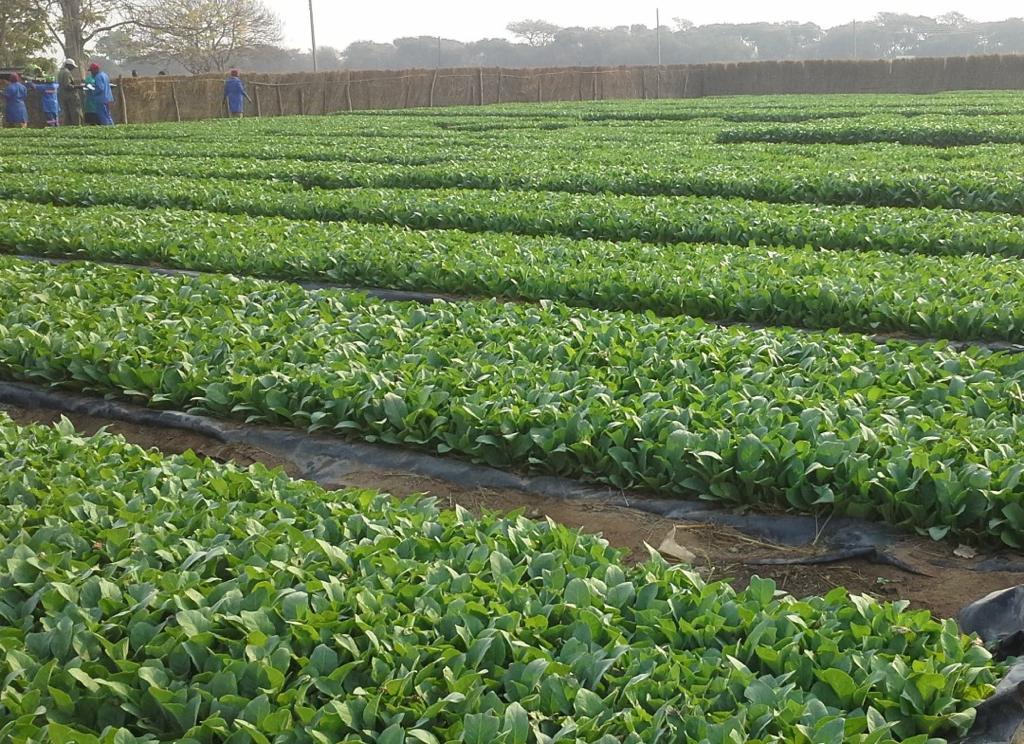
MM: What is the future of auction floors now that the bulk of tobacco was produced through contract farming?
MG: Tobacco growers who sell through the auction floors are self-funded, they support their own tobacco production until they sell on the market. With the limitations on access to funding from the banks because of lack of collateral most farmers are now opting for contract farming. That is why tobacco sales on auction floors have declined. However, there are plans to keep the auction system running. In order to achieve that, there are plans to ensure farmers have access to more funds at their disposal, with Government offering that support through the recently launched Agriculture Finance Corporation (AFC) and TIMB also rolling out the Tobacco Input Credit Scheme (TICS) to capacitate the farmers.
MM: Looking ahead, what strategies and measures have been put in place to ensure Zimbabwe surpass the US$5 billion industry mark?
MG: The industry has a clear growth opportunity roadmap towards a USD5 billion tobacco industry value chain with some opportunities identified such as;
- Cannabis products – As global cannabis regulation eases, cannabis production becomes a viable option. The global cannabis industry is predicted to grow from USD28 billion in 2020 to USD104 billion in 2025 representing a CAGR 36% over the period, fuelled by the anticipated federal legalization of adult use cannabis in the US by end of 2023, and expanding use of medicinal cannabis and CBD in international markets.
- Industrial hemp – Along with the cannabis plant cultivation, hemp production and commercialization create an opportunity for tobacco farmers. Hemp is a low maintenance, durable crop with multiple uses and applications. The global Industrial hemp sub-sector is predicted to grow from USD5 billion in 2020 to USD13 billion in 2025 representing a CAGR 20% over the period.
- Niche tobacco products – Opportunities exist in investing in production of reduced risk products within smokeless tobacco and heated tobacco (nicotine liquids). Total global Niche tobacco value is predicted to grow from the current USD52 billion in 2020 to USD81 billion in 2024 representing a CAGR 12% over the period.
- Smoking tobacco – Tobacco farmers could invest into end tobacco use product processing e.g., pipe tobacco (shisha) or packaged fine tobacco for roll your own cigarettes. Consumer use of smoking tobacco is growing positively as countries in Western Europe and Middle East & Africa see it as a more affordable smoking option as taxes on cigarettes continue to rise pushing up cigarette prices.
- Tobacco diversification – With the declining cigarette stick volume continuing globally, tobacco farmers could look to invest in growing other traditional and non-traditional crops. If non-traditional crops were to be cultivated, government funding for infrastructure investment and skill development would be required.


